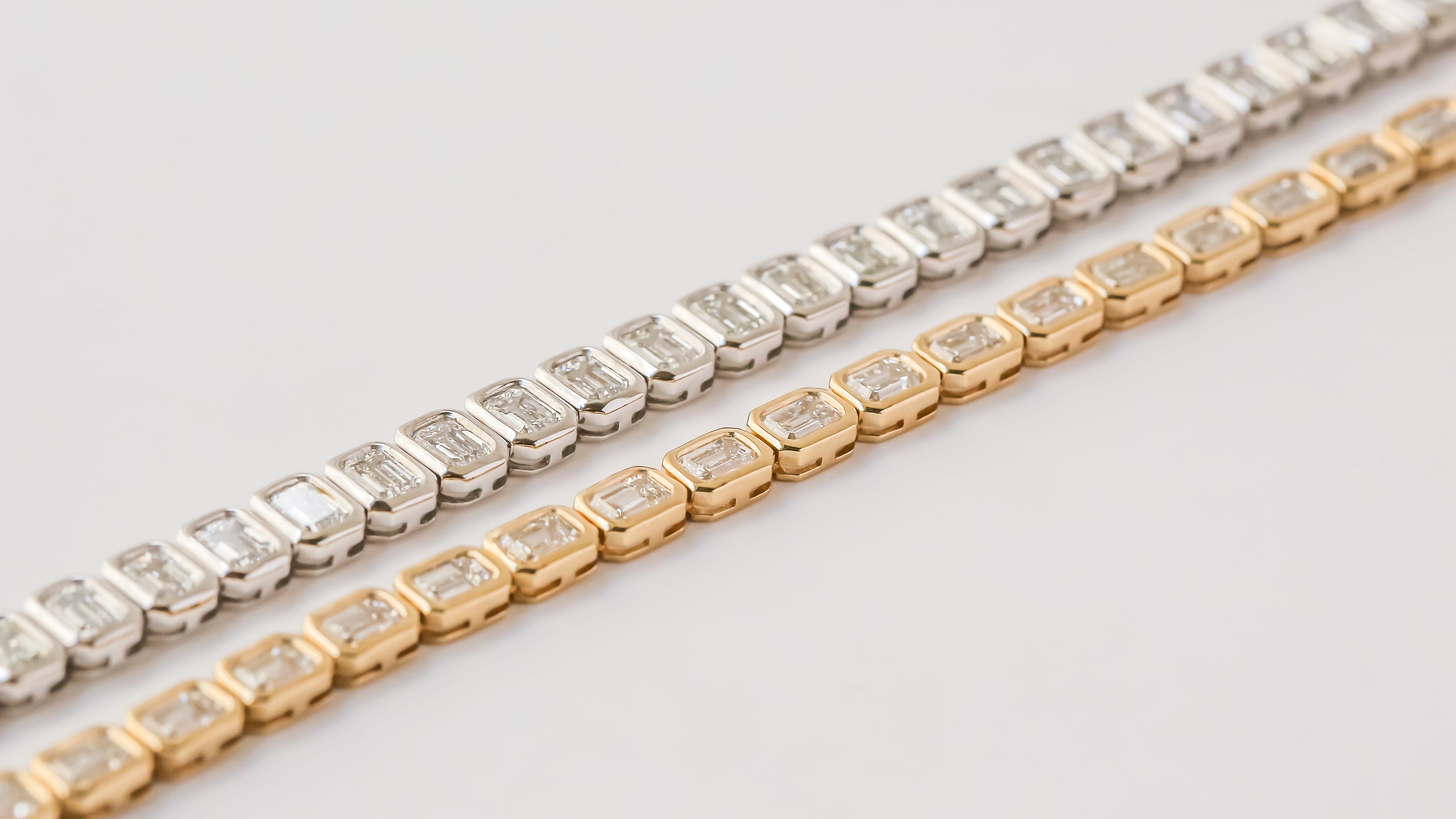Bracelets have graced human wrists for centuries, transcending cultures, civilizations, and eras. These versatile adornments, adorned for a multitude of reasons including religious significance, cultural traditions, and fashion statements, have a rich and captivating history. Join us on a journey through time as we explore the fascinating history of bracelets.

Ancient Origins: Symbols of Protection and Status
The story of bracelets begins in the ancient world, where these embellishments held profound significance. In many ancient civilizations, bracelets were considered symbolic, often used in rituals or as protection against malevolent spirits. These early bracelets served both functional and ornamental purposes.

Ancient Egypt
Our historical trailblazers, the ancient Egyptians, were among the earliest to don bracelets. These wrist adornments were not confined to a specific gender, with both men and women embracing them.

Crafted from materials like leather, bone, and semi-precious stones, these bracelets were symbols of wealth and status. Bracelets for men and women in ancient Egypt were equally appreciated.
Ancient Greece and Rome
In the world of ancient Greece and Rome, bracelets were crafted from opulent materials such as gold, silver, and gemstones.

They bore intricate engravings and were cherished as decorative pieces, amulets, or markers of social standing. Gold bracelets for women and men were highly sought after during these times.
Ancient China
Meanwhile, in ancient China, jade bracelets were held in high esteem.

They were believed to possess mystical powers and were associated with good fortune, symbolizing power and protection.
Medieval and Renaissance Splendor
As the centuries passed, the significance and styles of bracelets continued to evolve. During the Middle Ages, these adornments took on new roles as symbols of loyalty and affection, often exchanged between lovers. They were typically made of metals and embellished with gemstones or intricate engravings. Bracelets for women and men alike carried the torch of tradition.

The Renaissance period ushered in more elaborate designs that complemented the intricate clothing styles of the time. Bracelets became a means of self-expression and a way to flaunt wealth and social status. Gold and silver bracelets, often adorned with gemstones, were particularly fashionable.
The Victorian Revival
The Victorian era witnessed a resurgence of interest in jewelry, with bracelets being no exception. Queen Victoria's love for jewelry significantly influenced fashion trends.

Bracelets during this period were often crafted from precious metals such as gold and silver, and they featured an array of gemstones. Sentimental jewelry, including the beloved charm bracelets, gained popularity, serving as cherished keepsakes.
The 20th Century: A Century of Bracelet Innovation
The 20th century brought about a diverse array of bracelet styles and materials. The Art Deco period, known for its geometric designs, introduced platinum and diamonds into bracelet construction, creating dazzling and enduring pieces of art.

The 1960s and 1970s embraced a resurgence of interest in natural materials, giving birth to the popularity of beaded and macramé bracelets. These expressive adornments were worn as symbols of counterculture and individuality, echoing the spirit of the times.
Contemporary Brilliance
Today, bracelets have evolved into a myriad of forms, crafted from a vast array of materials, including precious metals, gemstones, leather, and more. These versatile accessories serve various purposes, from fashion statements and religious symbols to medical alert tags and tokens of friendship.

The modern era witnesses a surge in customization, with individuals creating unique bracelet designs that incorporate personal elements like birthstones, initials, and charms. These customized pieces allow wearers to express their individuality and commemorate meaningful moments in their lives. Friendship bracelets remain a popular choice for those celebrating their bonds with others.
In Conclusion
Bracelets, with their diverse and storied history, have transformed from simple, functional accessories to intricate and highly symbolic pieces of jewelry. They remain an essential part of human adornment and self-expression, reflecting the evolving tastes and values of different eras and cultures. Whether worn for religious devotion, as a status symbol, or simply to showcase personal style, bracelets continue to captivate and inspire, leaving their indelible mark on the tapestry of human history. From gold bracelets for women to silver bracelets for men, these timeless adornments continue to captivate hearts and wrists across the ages.


